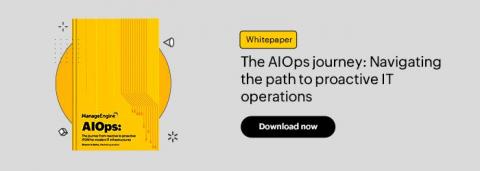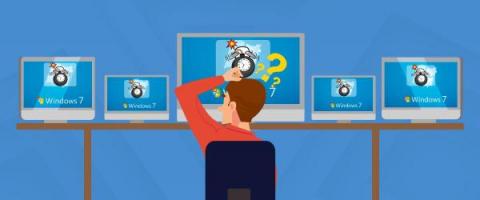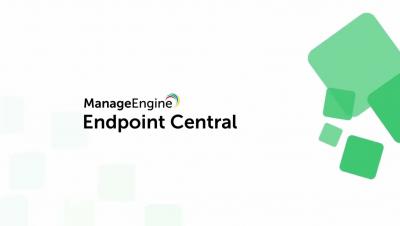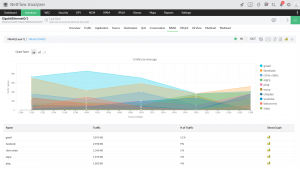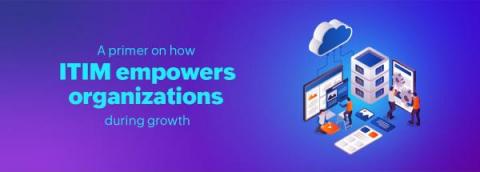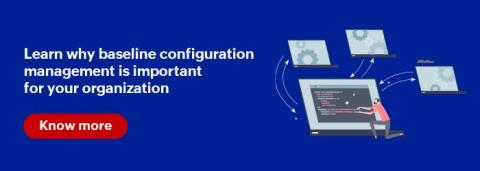The AIOps journey: Navigating the path to proactive IT operations
In the modern IT era, most organizations are heavily on their IT infrastructure to stay relevant and competitive. However, managing complex IT systems can be a daunting task, as the volume of data grows and IT environments become more heterogeneous. To address these challenges, many organizations are turning towards artificial intelligence for IT operations (AIOps)—an approach that leverages AI and ML to streamline IT operations, improve efficiency, and reduce downtime.


